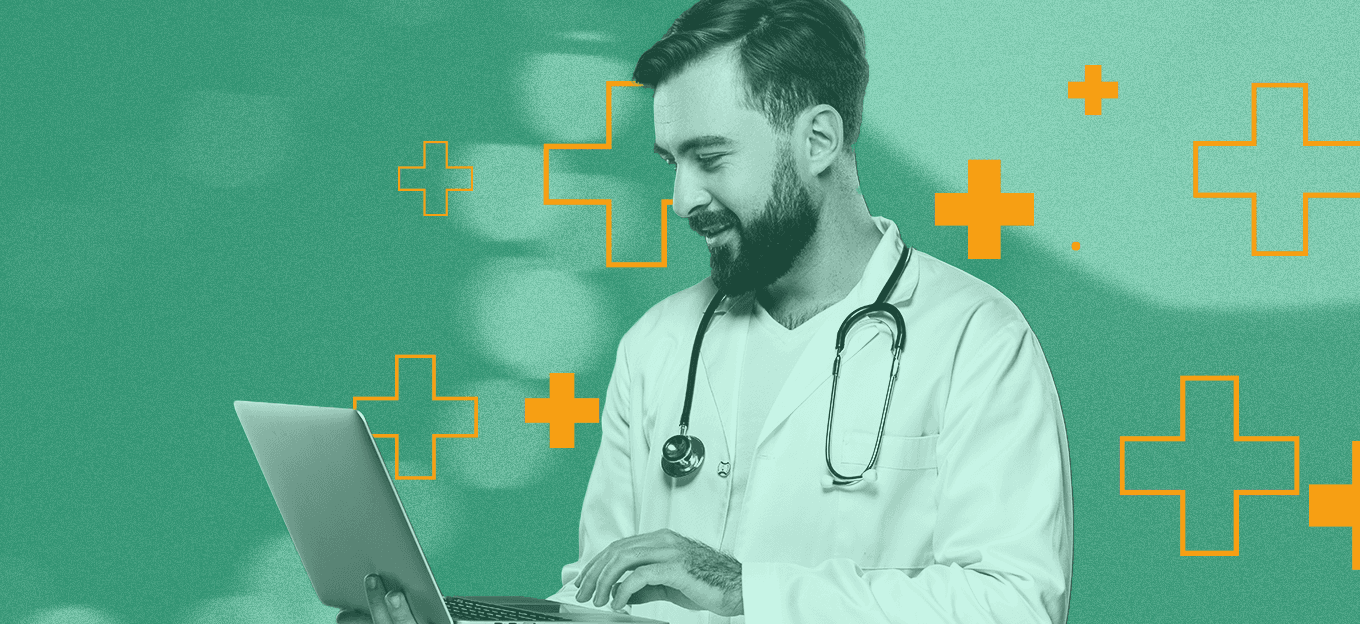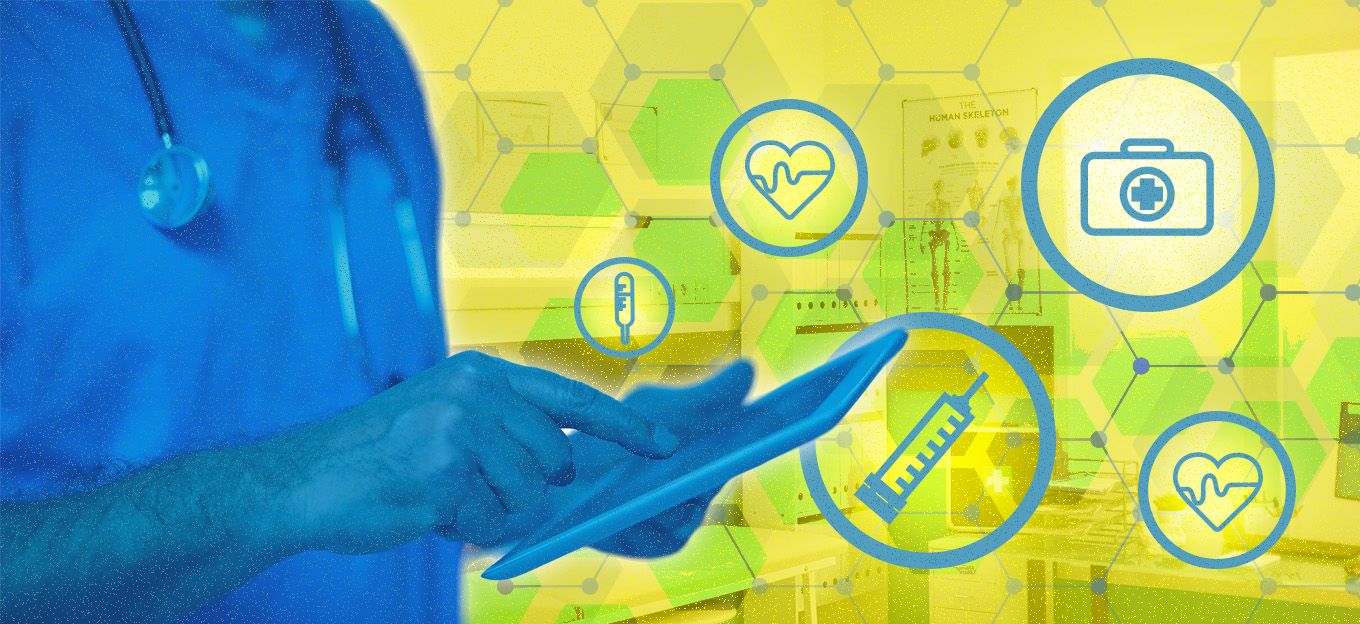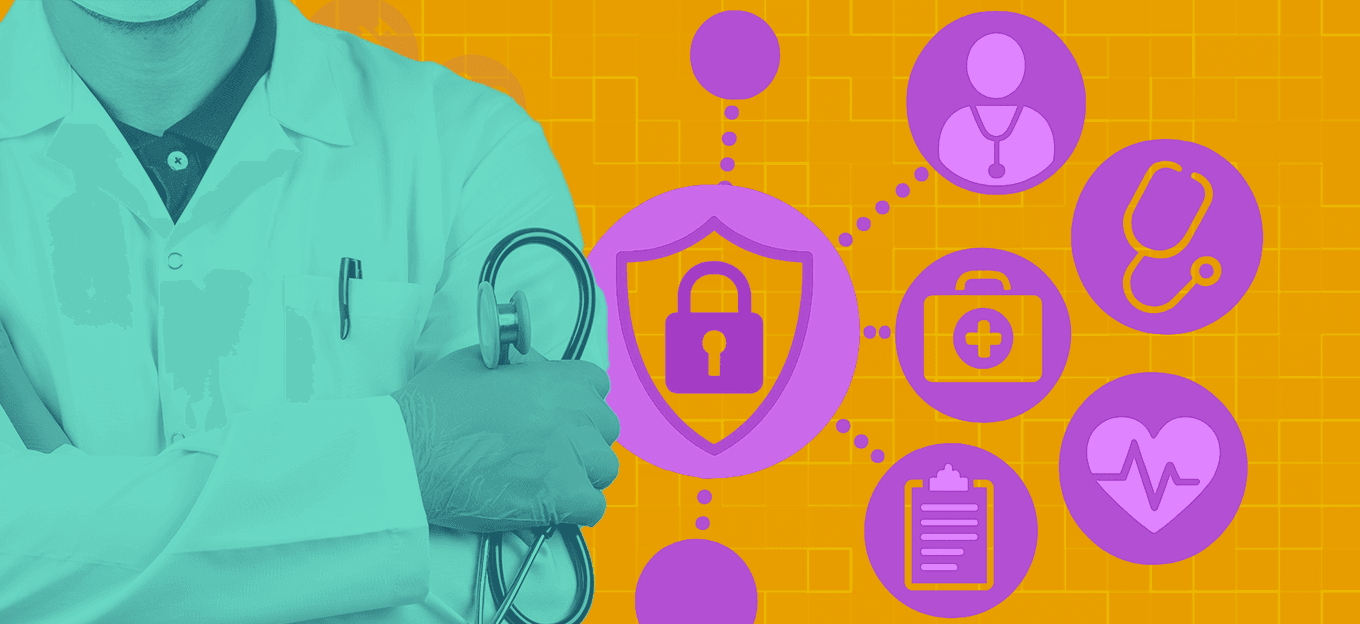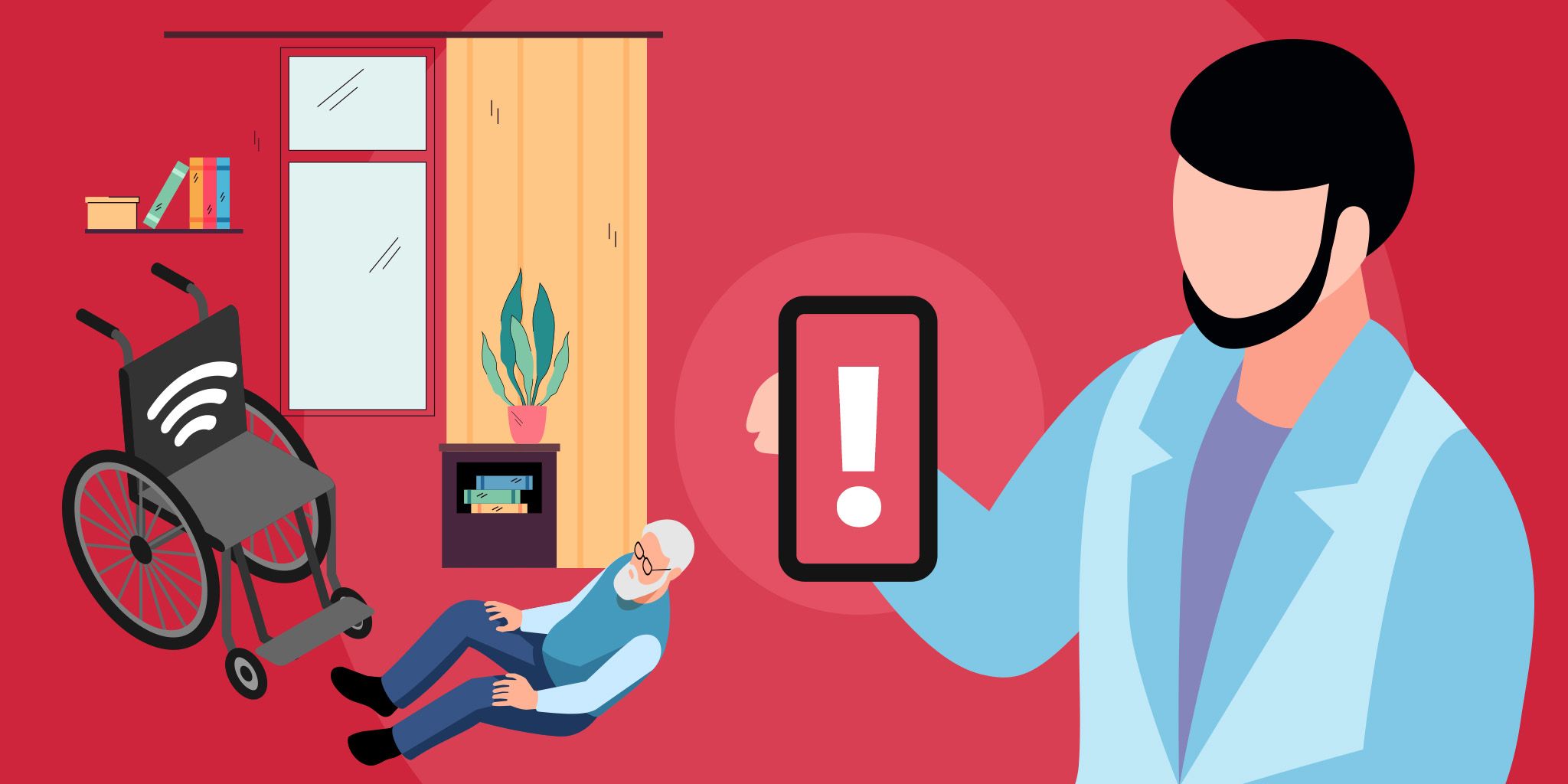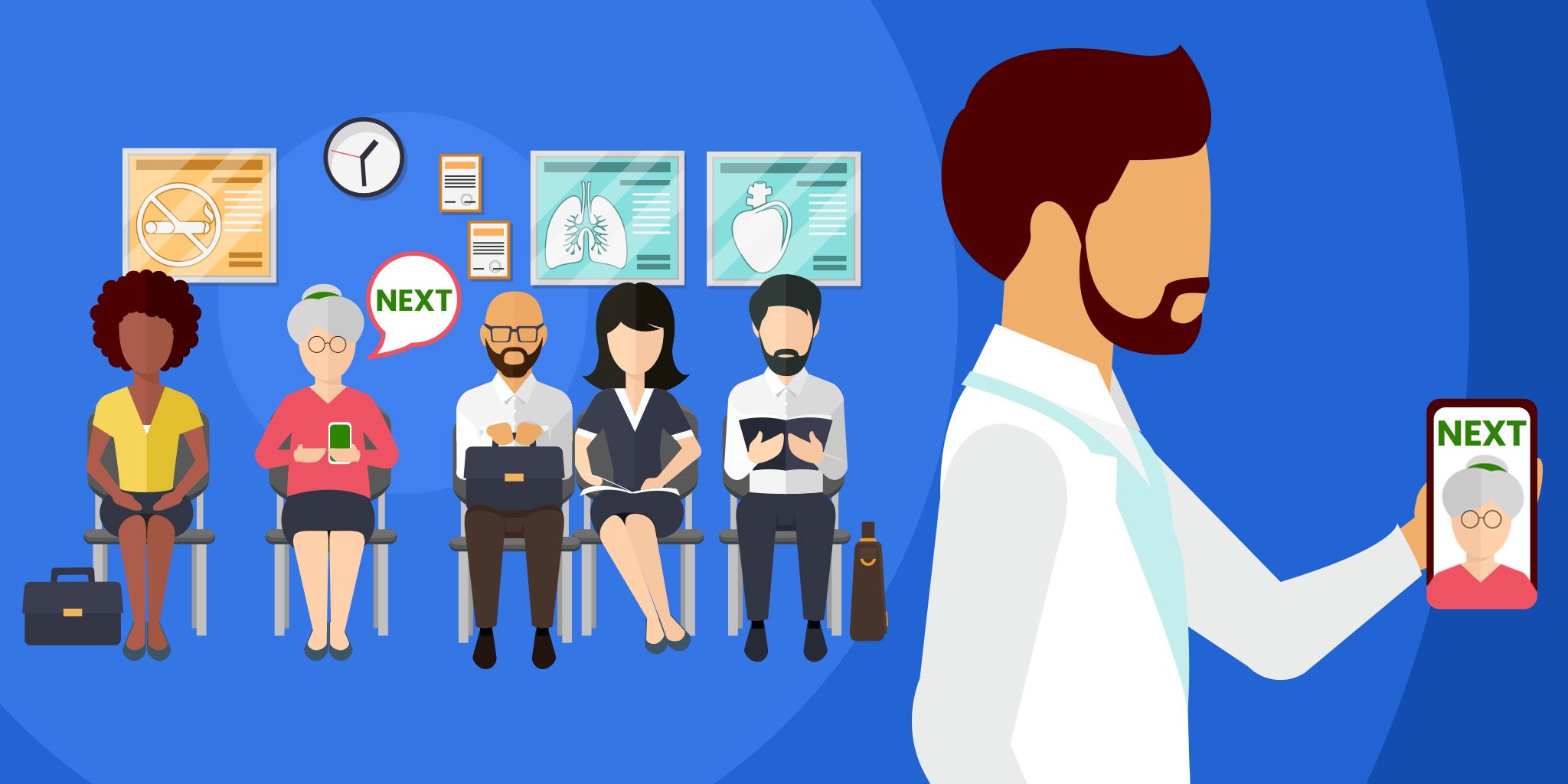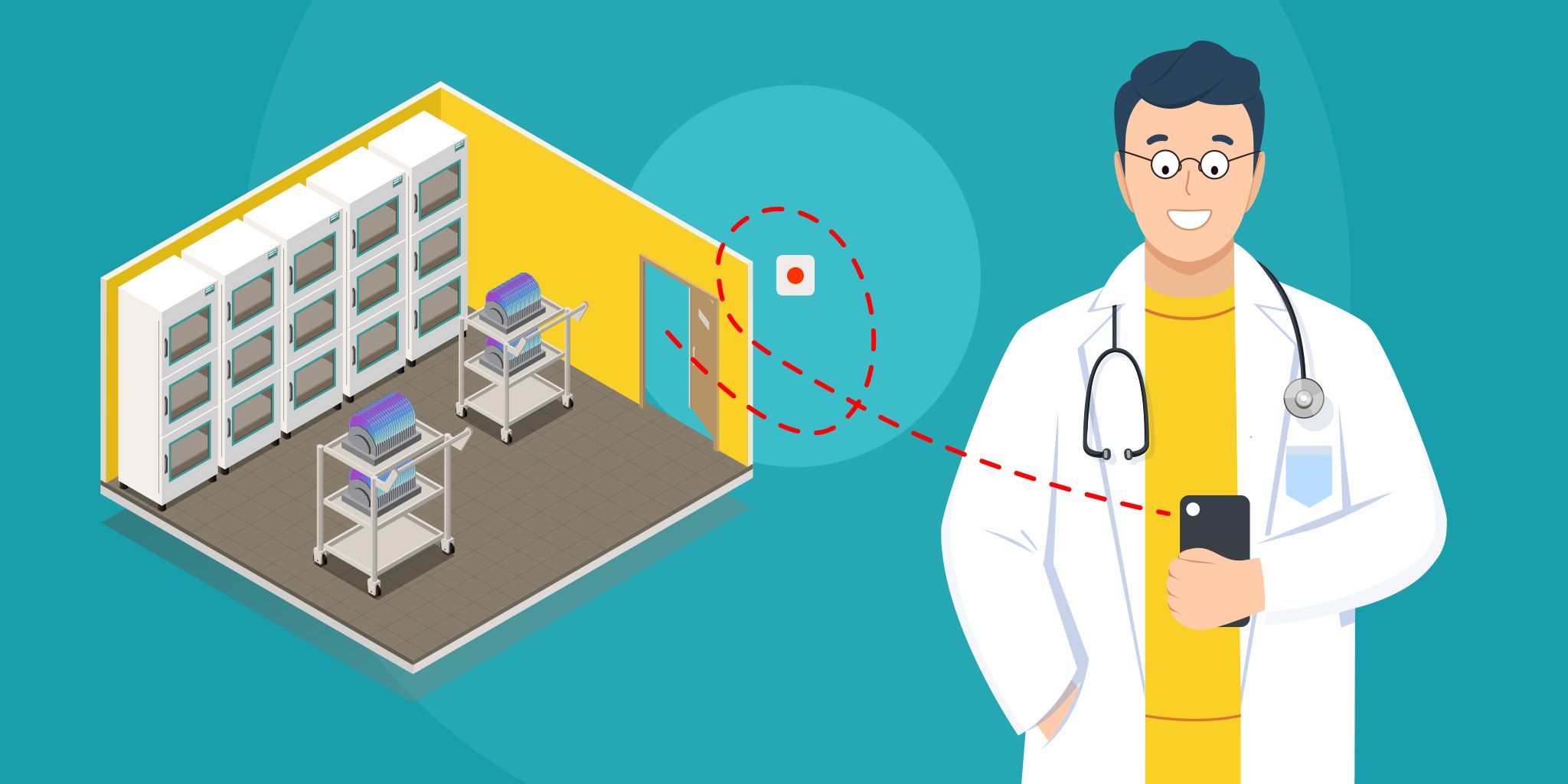How IoT Improves Healthcare Billing Processes
How IoT Improves Healthcare Billing Processes
- Last Updated: May 23, 2025
Zac Amos
- Last Updated: May 23, 2025



The Internet of Things (IoT) is transforming several industries, and healthcare is one of them. One area that is seeing significant development is billing, a traditionally complex part of this sector’s operations. With IoT, this process can become more accurate and efficient, serving medical providers and patients alike.
The Benefits and Applications of IoT in Healthcare Billing
Healthcare billing involves many moving parts, especially for patients undergoing extensive treatment and services. Here are five key advantages of IoT in these processes.
1. Automation
Multiple sensors and devices spread across rooms, equipment, and patients enable the automatic recording of usage and charges. Staff members no longer need to compile physical records to create invoices—all necessary information is already in the system, streamlining billing processes.
2. Higher Accuracy
IoT systems can be highly accurate when properly calibrated, effectively aiding health care processes and decisions like medical analysis or billing.
Computers are great calculators. Given the correct information, they can accomplish structured tasks and adequately support human decision-making. Since the devices share a network, healthcare staff can constantly access precise, real-time information to produce and send error-free bills to patients.
3. Cost Efficiency
Aside from saving time, IoT helps health care facilities save on labor costs. Nurses and staff don’t need to physically roam the halls and visit each patient to update records. Instead, they can focus on more complex tasks instead of manual data entry.
Preventing errors also means less wasted resources. Accurate records and billing processes mean fewer rejections and less time spent on corrections or disputes. This efficiency can lead to more efficient payment processes and improved cash flow.
4. Real-Time Data Access
With IoT, data collection can occur alongside any activity, whether health care consultations, lab tests, monitoring, or treatment. Devices and sensors can attach to patients, rooms, and equipment to gather relevant metrics and paint a real-time picture of any situation.
This feature enables faster submissions and calculations and reduces the risk of missing data. It also helps patients get more accurate assessments and quotes from their insurance provider, as it allows insurers to work with the latest information concerning the person’s health.
5. Improved Patient Engagement
Patients have better access to their medical and financial affairs through IoT-enabled wearable or portable devices. Data synced from the IoT system allows them to view detailed breakdowns of their bills and other medical records through digital portals or apps.
When patients understand the reasoning for their charges, they can feel more informed and confident about their care. This transparency can reduce the chances of disputes and encourage them to make more timely payments.
Challenges and Considerations
While IoT offers many benefits, it also has challenges requiring careful attention. Here are five areas health care providers should focus on to further improve and secure their IoT systems.
Data Privacy and Protection
The healthcare sector’s transition to digital systems and IoT has increased efficiency and many other advantages. However, these new technologies have also come with data-related risks. Several patients are expressing concerns — 59% fear malicious parties might use their medical information against them.
Hospitals and similar providers should take these concerns seriously, as the healthcare sector is especially vulnerable to data breaches that can leave staff and patients susceptible to identity theft and other cybercrimes.
Regulatory Compliance
Healthcare is a highly regulated industry that directly deals with people’s well-being. Any technology that aids processes, including IoT for billing, must comply with local and federal laws. These regulations protect patient and staff information from privacy breaches, promoting trust and efficiency in record-keeping.
In the U.S., healthcare IoT systems must comply with laws like HIPAA. All staff members, including doctors, nurses, and IT personnel, must contribute to this effort to protect sensitive information from unauthorized access and control.
In 2020, the U.S. government signed the IoT Cybersecurity Improvement Act into law, setting essential standards to minimize the risk of unsecured devices on critical systems like health care.
System Compatibility and Interoperability
An effective IoT system requires multiple devices and equipment, which may come from various vendors with their own data formats and protocols. These differences might present challenges in compatibility and interoperability, which are glaring issues facing IoT today.
While the most effective solutions must come from setting up industry standards and changes in manufacturing processes, health care providers can ensure interoperability by checking device specifications before purchasing. When planning to work with multiple vendors, it’s best to inquire about product compatibility with other brands.
Implementation Costs
While IoT systems can lower operational costs over the long term, setting up the infrastructure comes with high upfront expenses, especially when running a large facility serving hundreds or thousands of patients. Even in smaller clinics, wearables, sensors, and software expenditures add up despite the promising ROI.
If planning to adopt the technology, it might be best to implement it in phases with a planned timeline and budget. If possible, healthcare providers might seek external financing through grants, partnerships, or fundraising initiatives.
The Connected Future of Health Care Billing
IoT is reshaping healthcare billing by making it more efficient, accurate, and transparent. Medical institutions can strengthen their systems by strategically adopting these technologies while understanding and working around their limitations. The right approach ensures that IoT remains a long-term asset, supporting operational efficiency and better patient relationships.
The Most Comprehensive IoT Newsletter for Enterprises
Showcasing the highest-quality content, resources, news, and insights from the world of the Internet of Things. Subscribe to remain informed and up-to-date.
New Podcast Episode

Moving Past the Pilot Phase in IoT and AI
Related Articles
